Digital Interlocking
Reliable network solutions for digital interlocking
Digital interlocking is a modern railway signalling system where trackside device control (points, signals) is managed via IP-based networks, rather than hardwired connections.
Digital interlocking represents a significant advancement in railway infrastructure by transitioning from traditional, centralized control systems to decentralized, Ethernet-based networks.
Networking solutions from Westermo combine traditional safety-oriented railway systems with modern network security solutions.
Benefits of digital interlocking
Smarter railways on track for the future
Electronic interlocking is pivotal in modernizing railway infrastructure by enhancing network flexibility, reliability, diagnostic capabilities, and security, while also reducing costs through standardization.

Increased network size
Digital interlocking allows for much larger networks without the 6.5 km limitation of traditional systems.

Standardization and cost reduction
Standardization reduces lifecycle costs and ensures interoperability between different suppliers.

Performance and reliability
The digital approach aims to enhance performance, reliability, and punctuality of railway operations.
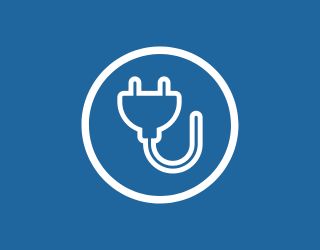
Decentralized Power Supply
Power supply for field elements is managed in a decentralized way, improving efficiency.
Encrypted and secure Ethernet network for digital interlocking

This application drawing illustrates a digital interlocking system and its connectivity to the management system and data center services. All connections are redundant, and Ethernet connections allow for unlimited distances. Power supply for local hardware is decentralized, eliminating the need for central peak power supplies.
The connections between network components are encrypted. Safety calculations are performed in the data center, not on-site, which is a significant shift from traditional signalling. Due to its digital connection to the data center, the control room can be located anywhere in the world.
Ethernet switches for digital interlocking
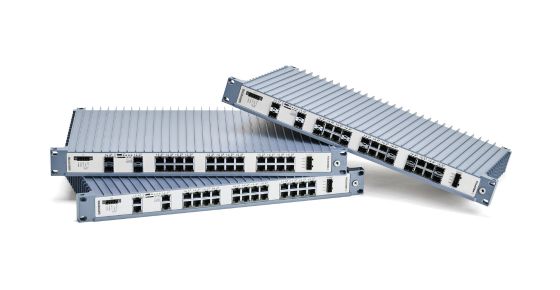
19" Industrial Rackmount Ethernet Switches
Ideal for trackside backbone networks with encrypted fibre connectivity. Suitable for use in heavy industrial environments such as railway trackside installations.
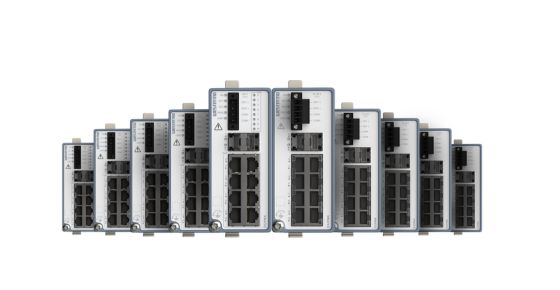
Compact and robust DIN-Rail switches
Our range of managed switches far exceeds normal industrial requirements, with rugged designs to withstand extreme temperatures and electromagnetic interference.
When safety meets security in railway digitalisation
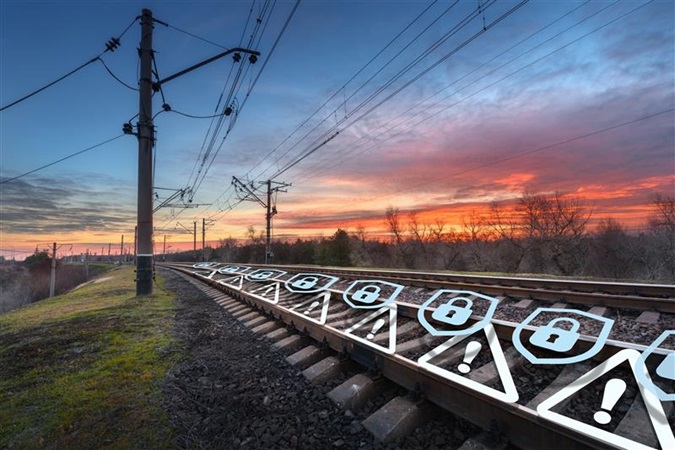
As the railway industry embraces digitalisation, Ethernet connectivity is extended to the very edge of the network. While this evolution enhances operational capabilities, it also introduces new cybersecurity risks. It’s essential to distinguish between two critical concepts: safety, which protects against unintentional accidents, and security, which defends against intentional threats.
Westermo believes these layers must remain distinct yet complementary. The safety layer ensures reliable, unaltered data transmission—vital for protecting lives. Above it sits the security layer, which is dynamic and frequently updated to counter evolving threats. This layered approach allows for continuous security improvements without disrupting certified safety functions or requiring new safety approvals.
To support this architecture, Westermo has implemented a robust patch management process. Through our dedicated service portal, we streamline vulnerability detection, firmware validation, and secure deployment. Updates are rigorously tested in homologated environments before being rolled out to operational systems, ensuring both safety and security remain uncompromised.
Successful collaborations in trackside networks
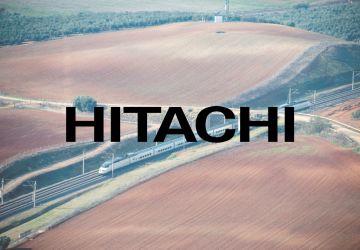
Hitachi Rail
Redundant Ethernet network from Westermo supports Hitachi Rail Falling Object Detection system.
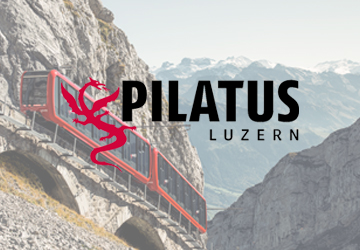
Pilatus Bahnen
Reliable and robust data network technology from Westermo supporting the operation brand-new cogwheel trains.
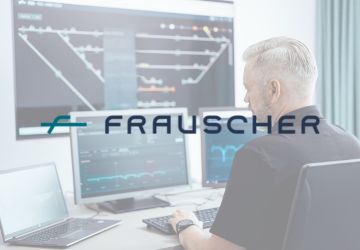
Frauscher AT
Frauscher team members completed the Certified Engineer WeOS program empowering over 30 employees
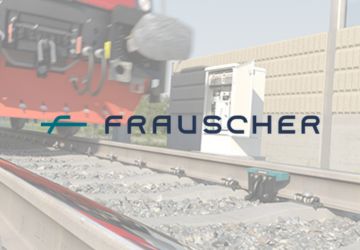
Frauscher US
Frauscher US transformed their team’s capabilities with Westermo Academy to better serve their own customers

How Westermo powers the shift from traditional to digital interlocking
In this insightful interview, Andreas Hinterschweiger explores the ongoing digitalization of the railway industry, focusing on the transition from traditional to digital interlocking systems. This shift enables larger, more flexible railway networks and reduces lifecycle costs.
Read the interviewAndreas Hinterschweiger
Country Manager, Westermo Österreich

Jos tarvitset asiakastukea, ole hyvä ja käytä click here to contact Technical Support
